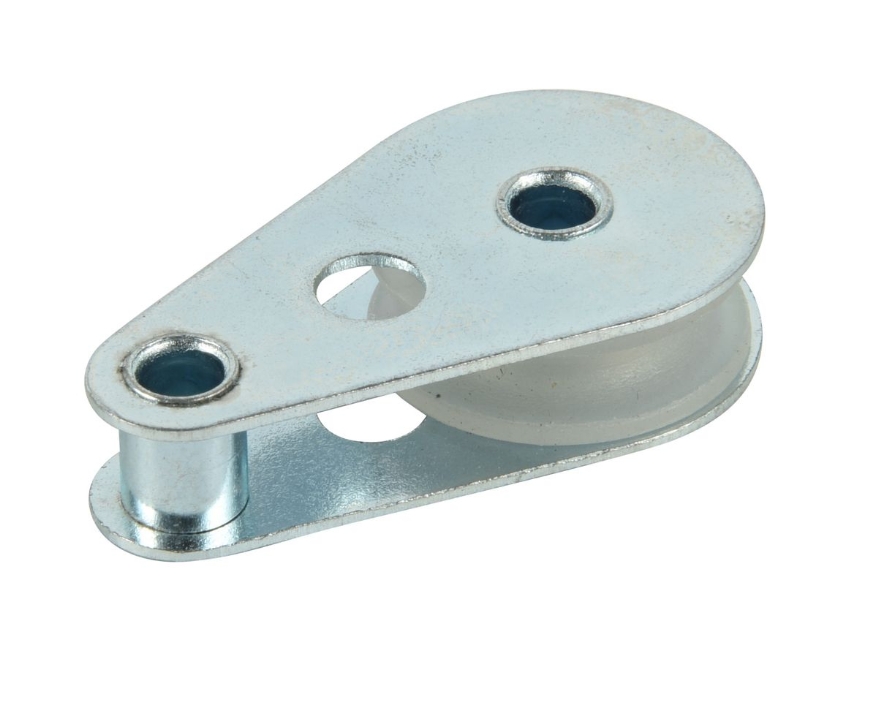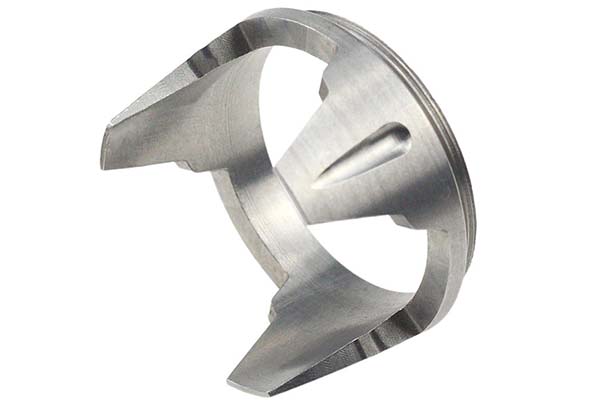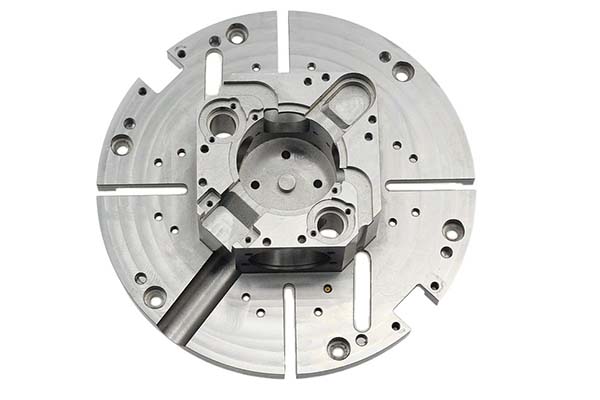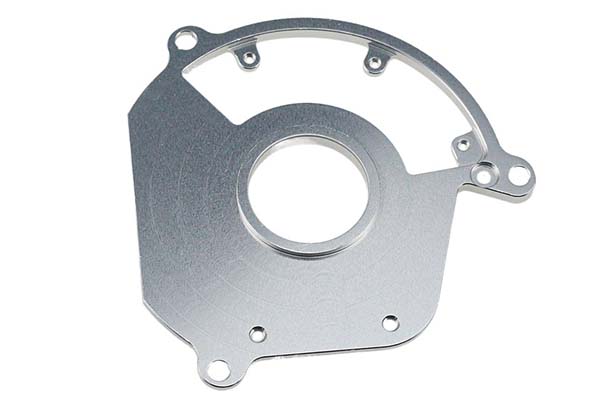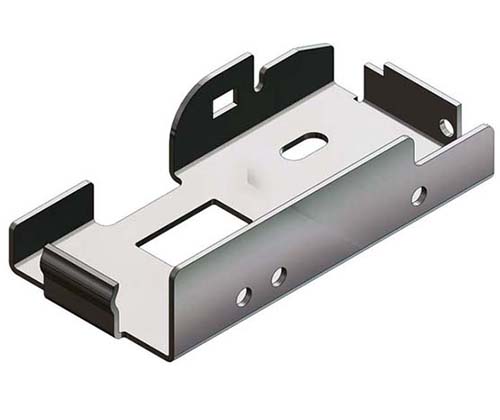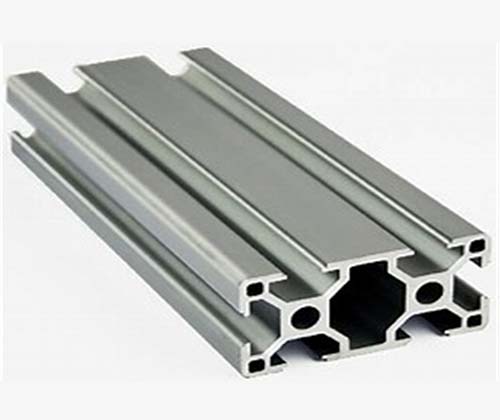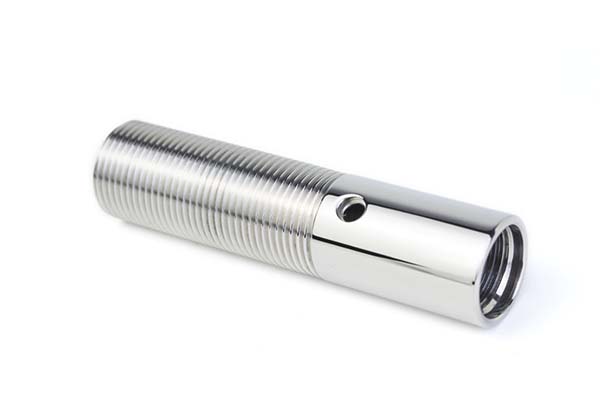Manufacturers in the automotive and heavy machinery industries face a tough challenge: creating parts that are both strong enough to meet safety standards and formable enough to shape into complex geometries. Traditional high-strength steels often sacrifice ductility for strength, leading to cracking during stamping, while mild steels lack the necessary durability. This is where Metal Stamping DP (Dual-Phase Steel) emerges as a game-changer. DP steel combines a ferrite matrix with hard martensite particles, delivering exceptional strength and formability. However, stamping DP steel requires specialized techniques to manage issues like springback and die wear. In this guide, we’ll address these challenges, exploring DP steel’s unique properties, processes, and applications to help you achieve consistent, high-quality results.
DP Steel Fundamentals
DP steel’s exceptional performance stems from its unique microstructure and carefully engineered composition:
- Microstructure Composition: Consists of 60–80% soft ferrite (a ductile iron phase) embedded with 20–40% hard martensite (a high-carbon iron phase). This dual-phase structure gives DP steel its signature balance of strength and ductility.
- Alloying Elements: Contains carbon (0.05–0.20%), manganese (1.0–2.5%), silicon (0.5–1.5%), and sometimes chromium or molybdenum. These elements promote the formation of martensite during heat treatment, enhancing strength without excessive brittleness.
- Mechanical Properties: Tensile strength ranges from 600 MPa (DP600) to 1,200 MPa (DP1200), with yield strengths of 350 MPa to 800 MPa. Critically, it maintains 15–25% elongation—significantly higher than martensitic steels (6–10% elongation) with similar strength.
- Phase Transformation Behavior: Formed through intercritical annealing (heating to 750–850°C) and rapid cooling, which transforms a portion of ferrite into martensite. This controlled process ensures a uniform distribution of martensite particles.
A comparison of common DP grades highlights their versatility:
| Grade | Tensile Strength | Yield Strength | Elongation | Best For |
| DP600 | 600–700 MPa | 350–450 MPa | 18–22% | Automotive body panels |
| DP800 | 800–900 MPa | 500–600 MPa | 15–18% | Structural components |
| DP1000 | 1,000–1,100 MPa | 650–750 MPa | 12–15% | Crash-absorbing parts |
| DP1200 | 1,200–1,300 MPa | 800–900 MPa | 10–12% | Safety-critical components |
Metal Stamping Process Overview for DP Steel
Stamping DP steel requires adjustments to leverage its formability while managing its higher strength:
- Blank Preparation: Use clean, oil-free blanks to ensure proper lubricant adhesion. DP steel’s surface can be more susceptible to galling, so remove any mill scale or rust before stamping.
- Die Design: Opt for larger radii (minimum 3× material thickness) to reduce stress concentration and prevent cracking. Use hardened tool steel (e.g., A2, D2) or carbide inserts to resist wear—DP steel can reduce die life by 20–40% compared to mild steel.
- Press Operation: Servo-electric or hydraulic presses are preferred for their precise control over speed and force. For high-strength grades (DP1000+), use presses with 1,000+ ton capacity to ensure full material deformation.
- Stamping Techniques:
- Deep Drawing: Achievable with draw ratios up to 1.8:1 for DP600, but require higher blank holder pressure (20–30% more than mild steel) to control wrinkling.
- Bending: Use over-bending (8–15 degrees beyond the target angle) to counteract springback, which is 2–3 times greater than mild steel due to DP’s high strength.
- Lubrication and Cooling: Apply high-viscosity, extreme-pressure lubricants with graphite or molybdenum disulfide. For extended runs, use die cooling systems to prevent lubricant breakdown from friction-induced heat.
DP Steel in Metal Stamping Applications
DP steel’s unique combination of strength and formability makes it indispensable in:
- Automotive Body Panels: DP600 and DP800 form lightweight, crash-resistant doors, hoods, and fenders, improving fuel efficiency while meeting safety standards.
- Structural Components: Chassis frames, cross-members, and suspension parts use DP800 and DP1000 for their ability to withstand heavy loads without excessive weight.
- Safety-Related Parts: Bumpers, crash boxes, and side-impact beams rely on DP1000 and DP1200 for their energy absorption capabilities—they deform predictably during collisions, protecting passengers.
- Lightweighting Solutions: Enables 15–20% thinner gauges than mild steel in equivalent strength parts, reducing vehicle weight and emissions.
Each application leverages DP steel’s ability to deliver performance that was once thought impossible in a single material.
Benefits of DP Steel in Metal Stamping
DP steel offers clear advantages over other high-strength steels:
- High Strength-to-Weight Ratio: Up to 40% better than mild steel, allowing for lighter parts without sacrificing durability—critical for electric vehicles where weight impacts range.
- Improved Crashworthiness: Martensite particles absorb energy during impacts, while ferrite provides ductility to prevent sudden failure, making DP steel ideal for safety components.
- Enhanced Formability: Outperforms traditional high-strength steels like HSLA in complex forming operations, reducing the need for multiple stamping stages.
- Cost-Effectiveness: More affordable than advanced high-strength steels (AHSS) like TRIP steel, with similar performance in many applications, making it suitable for high-volume production.
- Design Flexibility: Enables complex shapes like curved body panels and intricate brackets that would crack in martensitic steels.
Challenges and Mitigation Strategies in DP Steel Stamping
Stamping DP steel comes with unique hurdles, but proven solutions exist:
- Springback Management: Use FEA simulation to predict springback and optimize die angles. For critical parts, implement in-process laser measurement to adjust bending parameters in real time.
- Die Wear Optimization: Coat dies with titanium nitride (TiN) or chromium to reduce friction, and schedule regular maintenance (every 5,000–10,000 strokes) to sharpen edges and replace worn inserts.
- Lubrication Selection: Test lubricants under production conditions—synthetic oils with high pressure additives work best for DP1000+ grades, while mineral oils suffice for DP600.
- Wrinkle and Crack Prevention: Adjust blank holder pressure dynamically during forming (using servo presses) to control material flow. For deep draws, add draw beads to distribute tension evenly.
Yigu Technology’s Perspective
As a custom manufacturing supplier in China, Yigu Technology specializes in Metal Stamping DP (Dual-Phase Steel) for automotive and industrial clients. We use FEA simulation to optimize die design and springback compensation, ensuring parts meet tight tolerances. Our servo-electric presses and carbide tooling handle even DP1200, delivering high-strength components with complex geometries. With rigorous process monitoring, we balance formability and strength, providing cost-effective solutions for lightweighting and safety-critical applications.
FAQs
- How does DP steel compare to TRIP steel for stamping?
DP steel offers better strength-to-cost ratio and simpler processing, while TRIP steel provides higher elongation (25–30%) for extremely complex shapes. Choose DP for most automotive parts; TRIP for highly curved components.
- Can DP steel be welded after stamping?
Yes, but use low-heat methods like laser welding to avoid martensite formation in the heat-affected zone, which can cause brittleness. Post-weld annealing may be needed for high-strength grades.
- What’s the maximum thickness for stamping DP steel?
Practical for sheets up to 3 mm thick. Thicker material (3–5 mm) requires pre-heating (150–200°C) and slower press speeds to prevent cracking during forming.


